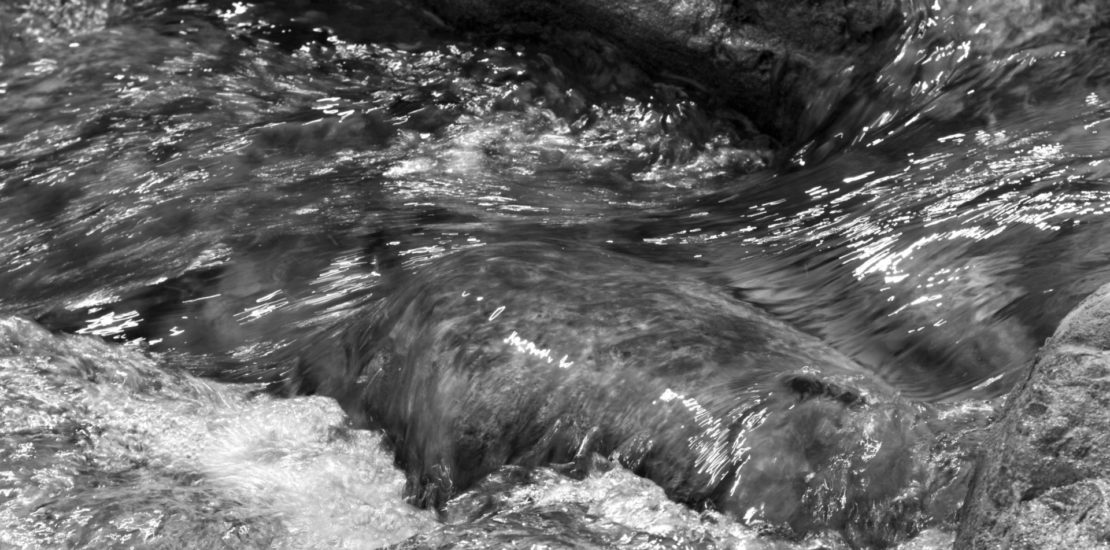- 30. September 2022
- Posted by: matej.beres
- Categories: Articles, News

Human activity has a significant impact on the water environment and sediment dynamics. Direct human interference is mainly the mining of gravel and sand, either for the purpose of obtaining building materials or for the purpose of deepening the river-basin for the purpose of flood protection. Our waterways have been modified, regulated, and narrowed to a significant extent to protect the lowlands from flooding. Artificial lakes and dams prevent the movement of sediments. Subsequently these sections require maintenance – removal of sediments. Sediments are removed by dredging or flushing. Especially in lowlands with intensive farming, in areas with limited riparian vegetation, the removal of fine sediments is more often carried out using a suction dredger.
The morphological variability of the modified river-basin is mainly influenced by its width and hydrology. Growing urbanization and the impermeability of large areas predetermine an increase in the velocity of rain runoff, which subsequently quickly raises the water column in the river. This results in an increase in the transfer volume of solid particles. It is assumed that the dynamics of sediments will increase in the future. Direct and indirect human interference have a significant impact on the formation, transfer, and deposition of sediments, resulting in a deficit or, conversely, an excess of sediment in the water environment. All parts of the basin are interconnected. The deficit of sediments in the higher parts of the stream can cause local erosion and cause an excess of sediments in the valley part.
Fine sediments have a significant impact on the morphology and habitats of watercourses. They play an equally important role in the natural cycle of carbon, which is transferred within the environment in dissolved form or in the form of organic material (e.g., leaves). Fine sediments fulfill the role of a carrier of nutrients necessary for the growth of aquatic algae and support the growth of floodplain forest vegetation. In addition to the above-mentioned facts, fine sediments also bring sustenance for aquatic organisms. The grain size of the sediments affects the type of floodplain forest. If gravel and sediments of a larger fraction are deposited along the river, a soft floodplain forest develops in this area. If, on the other hand, fine sediment prevails, a hard alluvial forest will grow. The growth of the above-mentioned depends on both the grain size and the frequency of floods. Fine sediment dynamics have both direct and indirect influence on aquatic life. Many living organisms are adapted to the dynamic by their morphology, physiology, behavior, and life cycle.
Human interference in the environment disrupts the natural balance between the entry and movement of fine sediments. The consequences of human intervention are mainly two: an increased supply of fine sediments to the water environment, which can cause the bottom to clog and thus affect the supply of oxygen. The low speed of the current promotes the deposition of fine sediments, which increases the risk of flooding. On the contrary, the increased supply of fine sediments deposited on the bottom will reduce the water depth, which supports the formation of a dune morphology of the bottom. Flushing artificial lakes with a high concentration of fine sediments can cause clogging and significant deposition of sediments further downstream. In many cases, floodplain forests can also be contaminated by fine sediments, especially with heavy metals.

